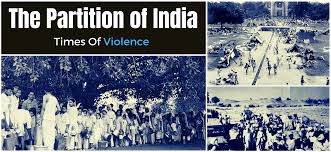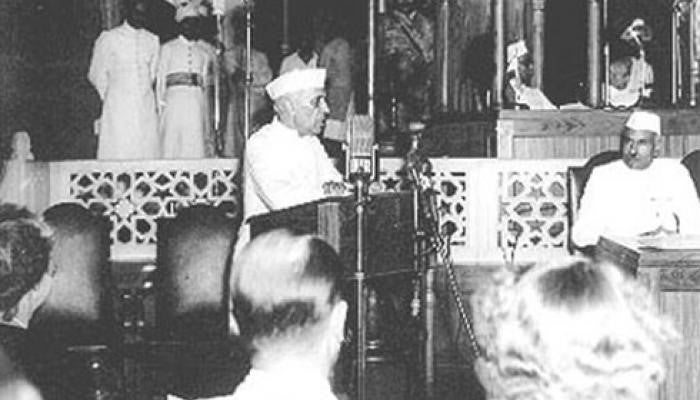
THE PARTITION OF NDIA
The 15th of August is celebrated as the anniversary of India's independence from colonial Britain. On this day, flags fly high in both India and Pakistan, marking the end of British colonial rule. However, discussing India’s independence requires us to acknowledge the complexities and consequences of the partition that accompanied it. This partition, orchestrated by the British, brought both freedom from imperialism and inherited political struggles, leading to ongoing tensions between India and Pakistan. Understanding this took me over a decade.
A Story Beyond Heroes and Villains
In 1885, the Indian National Congress was founded, marking the beginning of the nationalist political movement under British rule. Freedom fighters like Mahatma Gandhi, its most recognized Hindu leader, advocated for complete independence from British rule as a unified country. In contrast, Muhammad Ali Jinnah, a former Congress member and leader of the Muslim League, sought to divide India along religious lines while maintaining loyalty to colonial Britain. The British, recognizing their diminishing control, agreed to partition India into two nations: India, predominantly Hindu and Sikh, and Pakistan, predominantly Muslim. Thus, independence was achieved, albeit with significant complications.

This simplified narrative overlooks the nuanced and complex roles of the figures involved and downplays Britain’s influence in the process. The portrayal of heroes and villains in this context is historically inaccurate, and Britain’s role in shaping an imperial-controlled independence is often understated in education and historical accounts.
Divide and Rule
The Great Rebellion of 1857 saw freedom fighters, including Muslim and Hindu soldiers and civilians, united against the East India Company’s exploitation of the subcontinent. This contradicts the narrative I was taught at home, which suggested that Hindus and Muslims were historically incompatible. Understanding the exploitation of religious divisions through partition has helped shape my perspective on my family's history.

While religious tensions were indeed present and sometimes violent, British colonial powers systematically exploited these divisions for their benefit. Before World War II, Britain opposed Indian independence, using the Muslim League’s partition plans as leverage against Hindu nationalists. However, during the war, it became evident that Britain could no longer maintain full control due to resource constraints and growing demands for independence in India.
The creation of Pakistan was initially a strategic policy to retain some British influence. The Radcliffe Line, drawn within five weeks, resulted in the division of India into two states in August 1947, separated by religious borders.
A Violent Aftermath
Following the announcement of partition, religious divides intensified, leading millions to flee their homes for safety in the newly created India and Pakistan. This mass migration remains the largest in history. Tragically, massive violence erupted, particularly in Punjab, resulting in nearly one million deaths and the displacement of 15 million people. Women were especially targeted, and the effects of this statelessness persist in both countries.

The legacy of 1947 continues to influence the region. The ongoing conflict over Kashmir, the roots of Islamic radicalism, the violent creation of Bangladesh, and the rise of Hindu nationalism in India are all indicators that the consequences of partition are far from resolved. The deeply ingrained rivalry between India and Pakistan requires a deeper understanding of the historical and political contexts.
The Role of Freedom Fighters and the Indian Army
Freedom fighters like Bhagat Singh, along with the Indian National Congress, played crucial roles in the struggle for independence. Bhagat Singh's martyrdom inspired countless others to join the movement against British colonial rule. The Indian Army, consisting of brave soldiers from diverse backgrounds, also played a significant role in resisting British control and maintaining order during the tumultuous period of partition. CLICK HERE TO GET BHAGAT SINGH T-SHIRTS!
[The images used in this blog post are not owned by Anime Devta, they are just for entertainment purposes]
| INDEPENDENCE | BHAGAT SINGH | FREEDOM FIGHTERS | INDIAN ARMY | FREEDOM | INDIAN NATIONAL ARMY | HINDU |
~Mimansa Sharma

